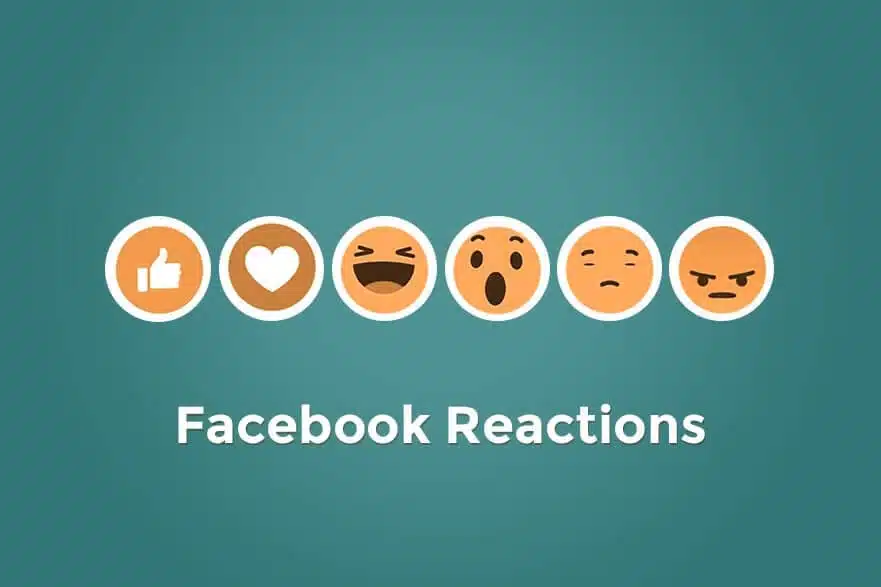

Last week, Facebook announced more options to interact with content. Now, not only can you “Like” pictures, videos, and statuses, you can also “Love”, “Haha”, “Sad”, “Wow”, and “Angry” those posts—using the emoji-like symbols, of course.
On the surface, it’s a nice touch for users who still wonder if it’s appropriate to “Like” a friend’s post about their grandmother passing away, but for marketers, this is a fantastic opportunity to be creative, and to take advantage of user feedback.
HOW MARKETERS CAN TAKE ADVANTAGE
Right now, “Sad-ing” or “Wow-ing” a Facebook ad has the same technical results of a simple Like: all Reactions are treated as equal engagement with content. Hopefully soon, Facebook will create a system that allows users to directly impact ads to give more technical feedback.
Until then, advertisers will have to check feedback the old-fashioned way—relatively speaking, of course. Checking feedback on ads is as easy as seeing how people are reacting to your content.
“Sads” and “Angrys” might be a sign that your content isn’t hitting home the way you thought it would, while “Loves”, “Hahas” and “Wows” are signs that you’re probably hitting your goals.
SOCIAL MARKETING & EMOTIONAL ENGAGEMENT
More and more, viral or otherwise successful social media endeavours are typically emotionally engaging in some way. Facebook, Twitter, Instagram, et al are not platforms for strict logic, dull facts, or visually unimpressive content.
Instead, controversy, outrage, sorrow, elation, and humour are the types of content that users are sharing and consuming.
To earn traction on social media, companies need to take their content one step further by being visual, simple, and—in some way—useful for the average user. Of course, every business will have different audiences and goals in mind when posting, so mileage will vary.
Sadly, we haven’t integrated our own Reactions, but if you have something to say, leave a comment!
Source: Hello BLOG
Recent Articles
Write For Us
Think you’ve got a fresh perspective that will challenge our readers to become better marketers? We’re always looking for authors who can deliver quality articles and blog posts. Hundreds of your peers will read your work, and you will level up in the process.Ready to grow? Say Hello







